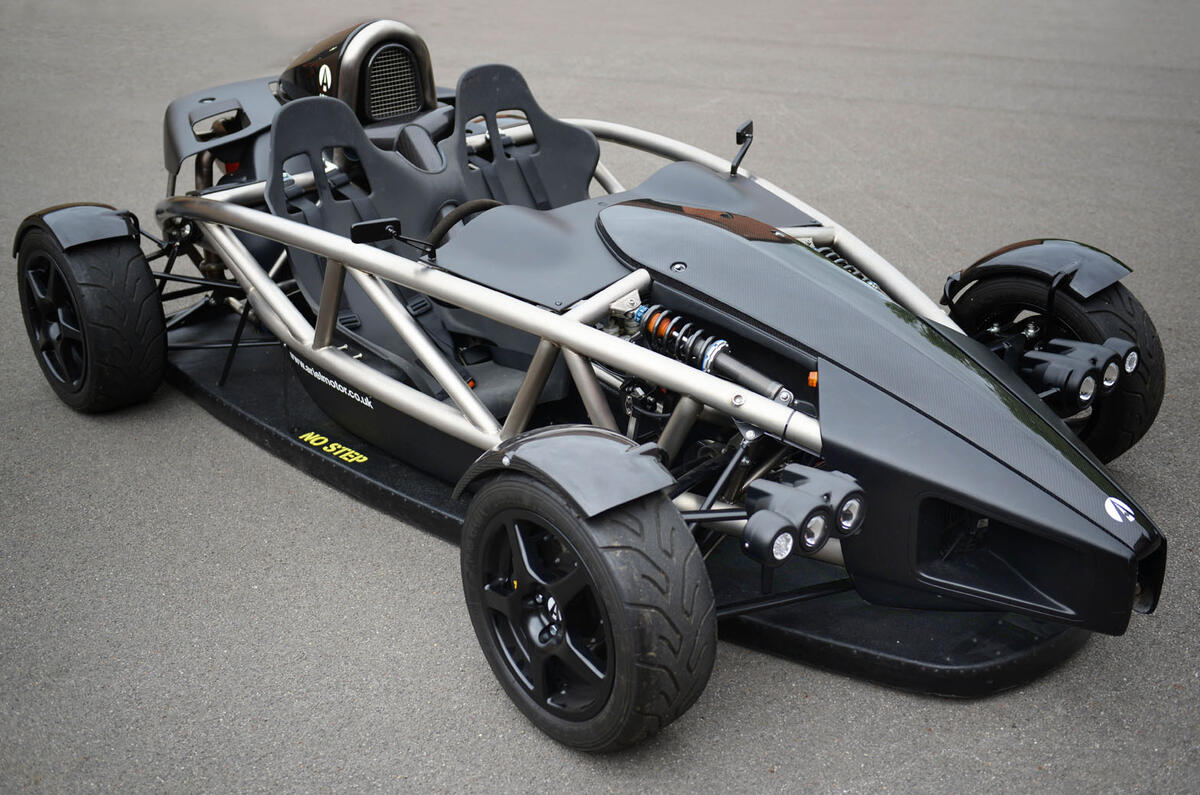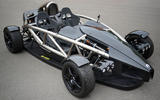Ariel has revealed a new concept car, the Aero-P Ariel Atom, which has been developed to use ground-effect technology and a hybrid powertrain, suggesting future Ariel production models may be electrically assisted and produce significantly more downforce.
The concept, whose full name is Aerodynamic Efficiency Requirements & Optimisation Project, has been produced in collaboration with TotalSim and Delta Motorsport.
Ariel says it features aerodynamics that have been designed to minimise drag while producing downforce from stationary.
The Aero-P Atom prototype uses both passive and active aerodynamics to achieve this, designed using computer fluid dynamics (CFD). It has also been developed to improve engine-cooling efficiency for both internal combustion engines and hybrid electric motors.
Ariel has chosen to use ground-effect downforce in order to address the negatives of using only passive parts. The British car maker says the drag created by fixed aerofoils reduces top speed, increases fuel consumption and therefore also emissions. Ariel also says that Atoms running fixed wings suffer as much as 15% extra drag.
The Aero-P Atom does away with wings and fixed aerodynamic parts, reducing drag and therefore improving straight-line performance. The concept produces downforce using two high-speed fans mounted under the car and rubber skirt that seal the ground under its floor.

The fans are powered by a standalone battery pack, enabling them to be controlled separately from the drivetrain, either manually or automatically. When left to run automatically, they only run when downforce is needed, for example during heavy braking, acceleration or cornering. Ariel says that during operation, the car can be seen to visibly squat down to the ground.











Join the debate
Add your comment
argh
Road
Road
Road
Road
Road